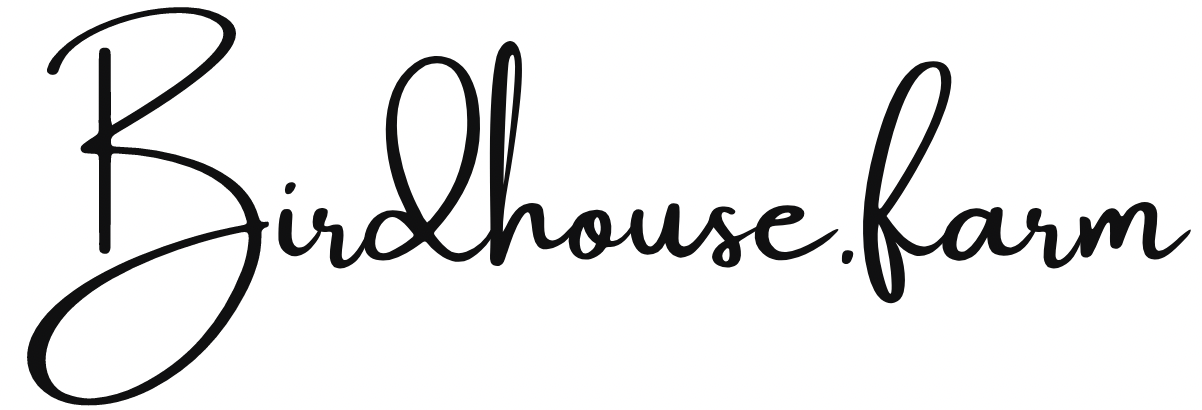The Western Meadowlark: Kansas’s Melodic State Bird
In the rolling prairies and vast grasslands of Kansas, the sweet, flute-like song of the Western Meadowlark is a familiar melody. This vibrant bird, officially designated as the state bird of Kansas in 1937, captures the spirit of the Sunflower State with its beauty and cheerful song.
A Prairie Icon
The Western Meadowlark (Sturnella neglecta) is a medium-sized songbird, easily recognizable by its striking yellow breast adorned with a distinctive black "V." Its brown and white streaked back provides excellent camouflage in the grasses of its habitat. Though it may look similar to its close relative, the Eastern Meadowlark, the Western Meadowlark’s unique song sets it apart.
This bird is a true prairie icon, thriving in open fields, grasslands, and farmlands. Its presence is a testament to the health of these ecosystems, making it an important species for monitoring the impact of agricultural practices and land development.
A Song to Remember
One of the Western Meadowlark’s most remarkable features is its song. The bird’s clear, melodious whistle is often described as a series of flute-like notes. Males sing from fence posts or tall grasses to defend their territory and attract mates, and their songs can travel great distances across the plains.
For many Kansans, the meadowlark’s song is a comforting reminder of the state’s natural beauty, evoking images of endless skies and golden fields.
Why the Western Meadowlark?
Kansas adopted the Western Meadowlark as its state bird after a statewide vote among schoolchildren in the 1930s. It was a popular choice, also becoming the state bird for six other states, including Nebraska, North Dakota, and Wyoming. The bird’s widespread presence and beloved song made it a natural choice to represent Kansas.
Meadowlarks in Kansas Today
While the Western Meadowlark remains a common sight in Kansas, it faces challenges from habitat loss due to urbanization and intensive agriculture. The conversion of grasslands to croplands and the use of pesticides can reduce the availability of insects, which are a key food source for the bird.
Conservation efforts focused on preserving prairies and grasslands are crucial for ensuring the meadowlark continues to thrive. Programs promoting sustainable farming practices and the restoration of native habitats benefit not only the meadowlark but a wide variety of prairie wildlife.
How to Spot a Western Meadowlark
If you’d like to see Kansas’s state bird in its natural habitat, here are some tips:
Visit grasslands and open fields. Look for them perched on fence posts or utility lines.
Listen for their song. Their cheerful melody is often the first clue that they’re nearby.
Observe quietly. Meadowlarks can be shy, so patience is key.
Celebrating Kansas’s Natural Heritage
The Western Meadowlark symbolizes the natural heritage of Kansas, reminding us of the importance of preserving the state’s prairies and grasslands. Whether you’re a lifelong resident or a visitor passing through, take a moment to listen for the meadowlark’s song and appreciate its role in Kansas’s vibrant ecosystems.
As the meadowlark sings its tune across the plains, it carries with it the essence of Kansas—resilient, harmonious, and deeply connected to the land.
